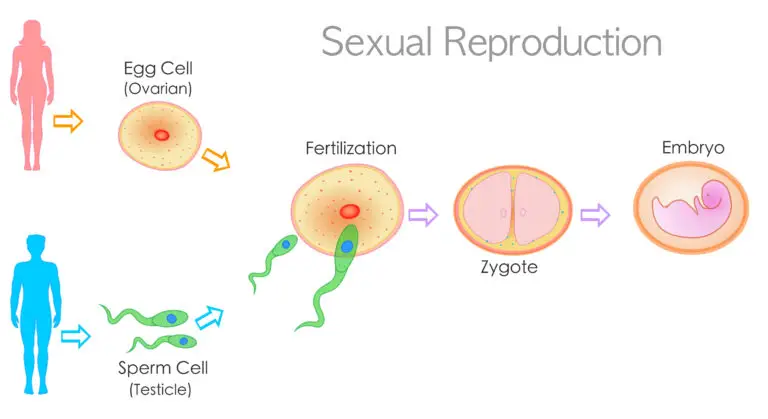Zygote

Table of Contents
What is a Zygote?
A zygote is a single cell that is formed by the fusion of two gametes during the process of fertilization. In sexually reproducing organisms, the zygote marks the beginning of the development of a new individual. The gametes involved in fertilization are typically the sperm cell (from the male) and the egg cell or ovum (from the female).
Zygote Development
Formation through Fertilization
A zygote is formed when a sperm cell successfully fertilizes an egg cell. Fertilization involves the fusion of the genetic material (DNA) from the sperm and the egg.
Diploid Chromosome Number
The zygote is diploid, meaning it contains a complete set of chromosomes from both the male and female parents. In humans, the diploid number of chromosomes is typically 46, with 23 chromosomes from the sperm and 23 from the egg.
Genetic Contribution
The zygote carries a combination of genetic information from both parents. It inherits alleles (gene variants) from the paternal and maternal chromosomes, contributing to the genetic diversity of the offspring.
Initiation of Development
The zygote is the starting point of embryonic development. Through a series of cell divisions and differentiation processes, the zygote undergoes development to form the multicellular embryo.
Implantation
In many animals, including humans, the blastocyst undergoes implantation into the lining of the uterus. This is a critical step in the establishment of pregnancy.
Cleavage and Blastocyst Formation
After fertilization, the zygote undergoes a process called cleavage, which involves rapid cell divisions without significant growth in size. This leads to the formation of a blastocyst, a structure with an outer layer of cells and an inner cell mass.
Embryonic and Fetal Development
The cells derived from the zygote continue to divide and differentiate, forming the various tissues and organs of the developing embryo. As development progresses, the term “zygote” is typically replaced by “embryo” and later “fetus.”
Species Variation
The timing and specific processes involved in the development of the zygote into a mature organism vary among different species.
Related Links
Fertilization
Gamete
Chromosomes
DNA